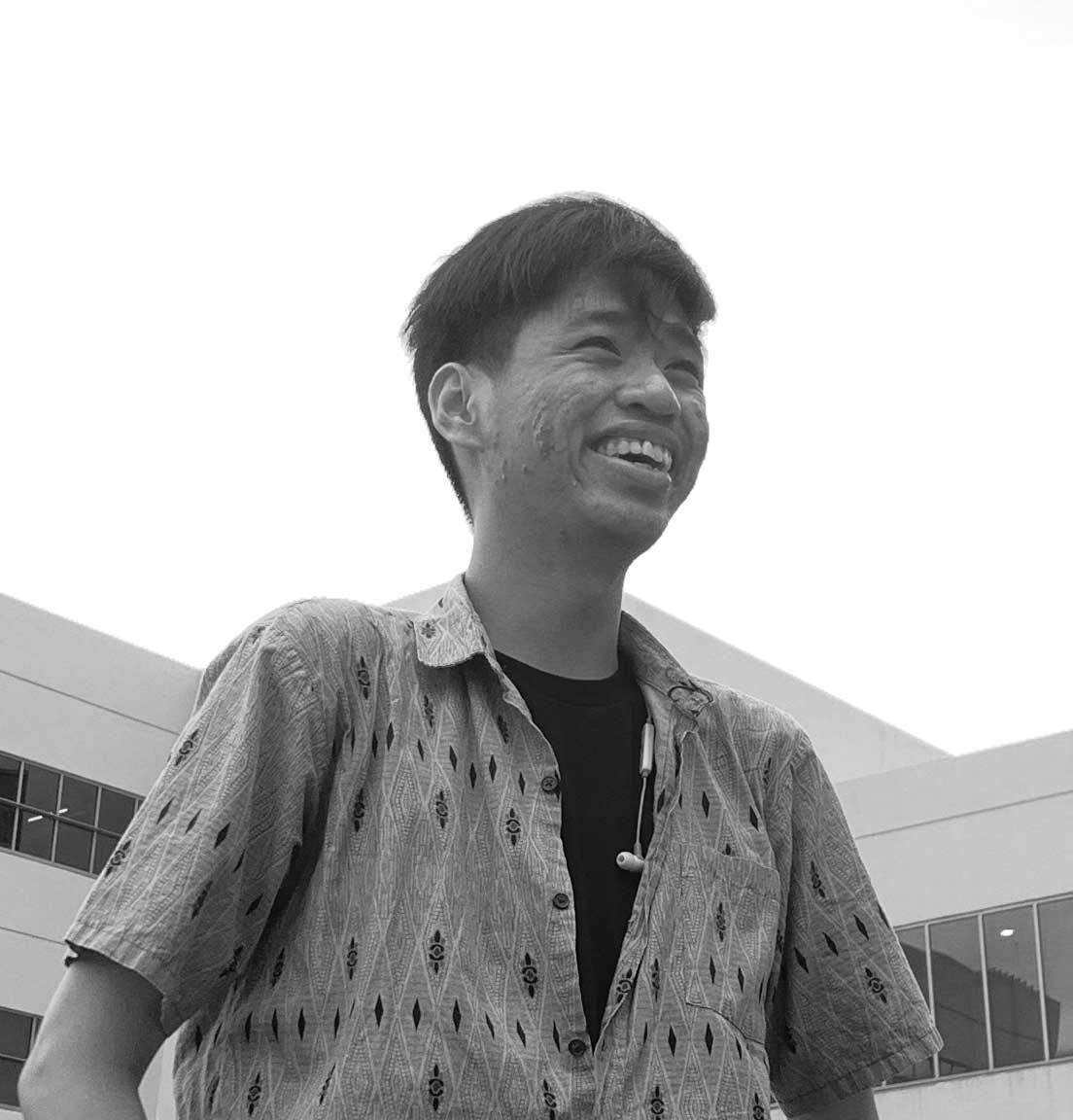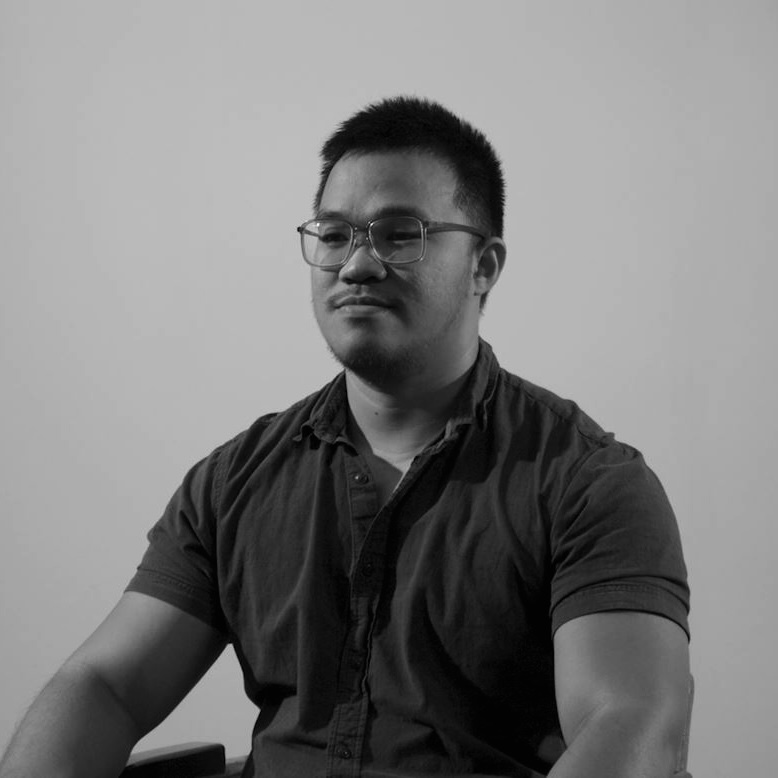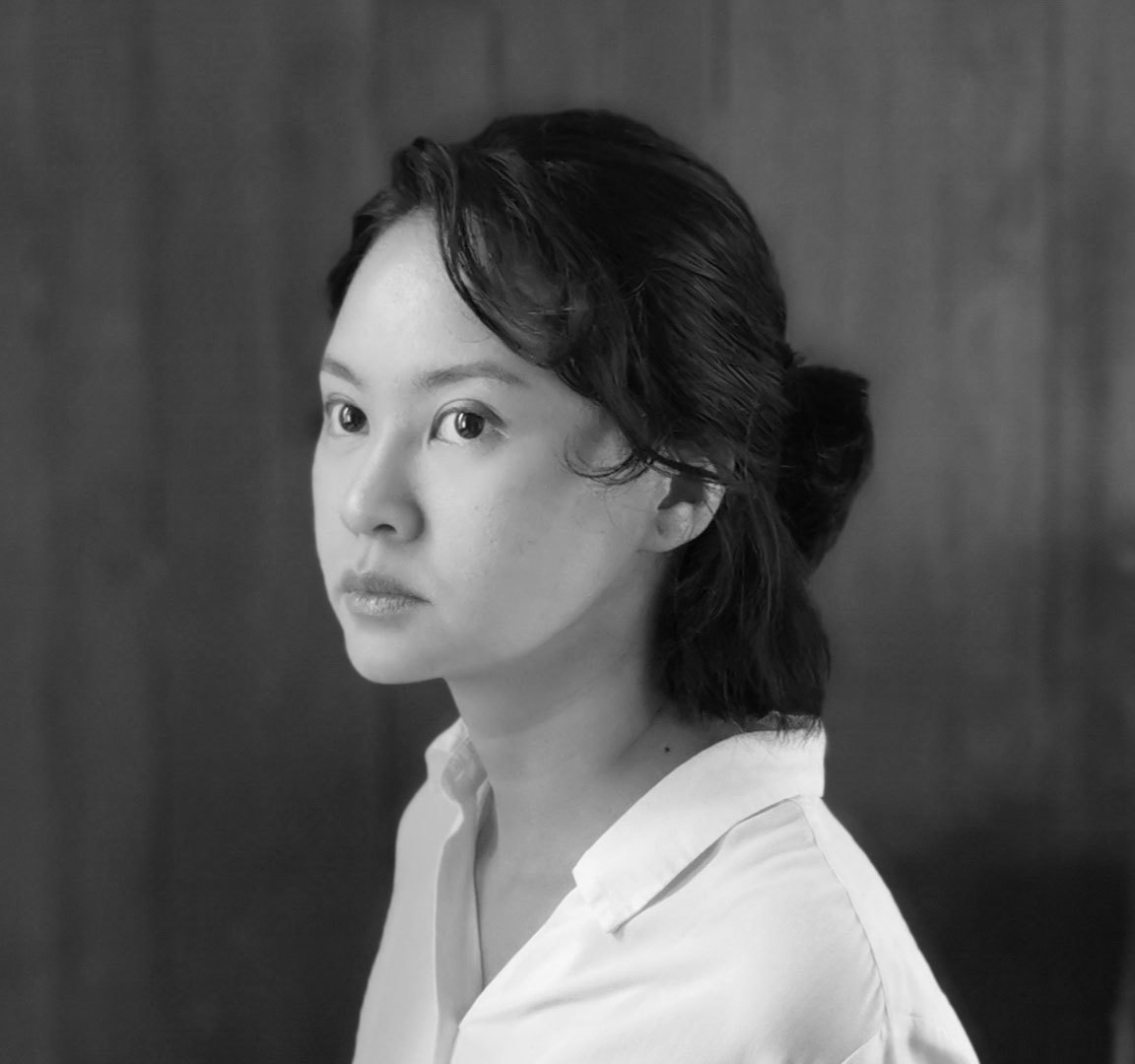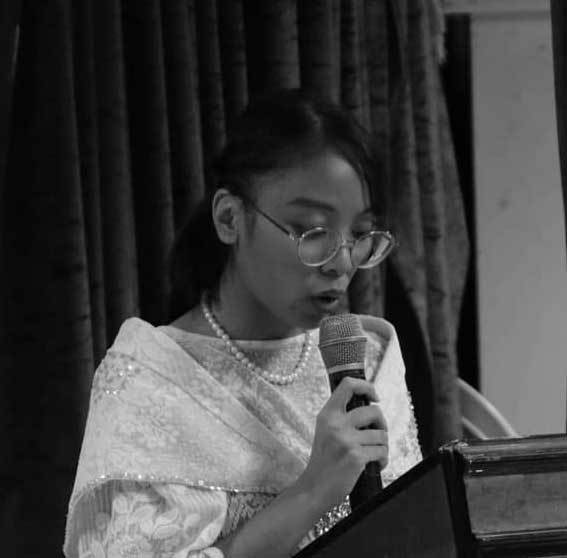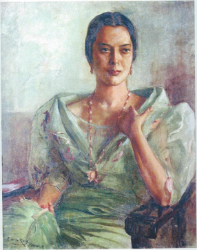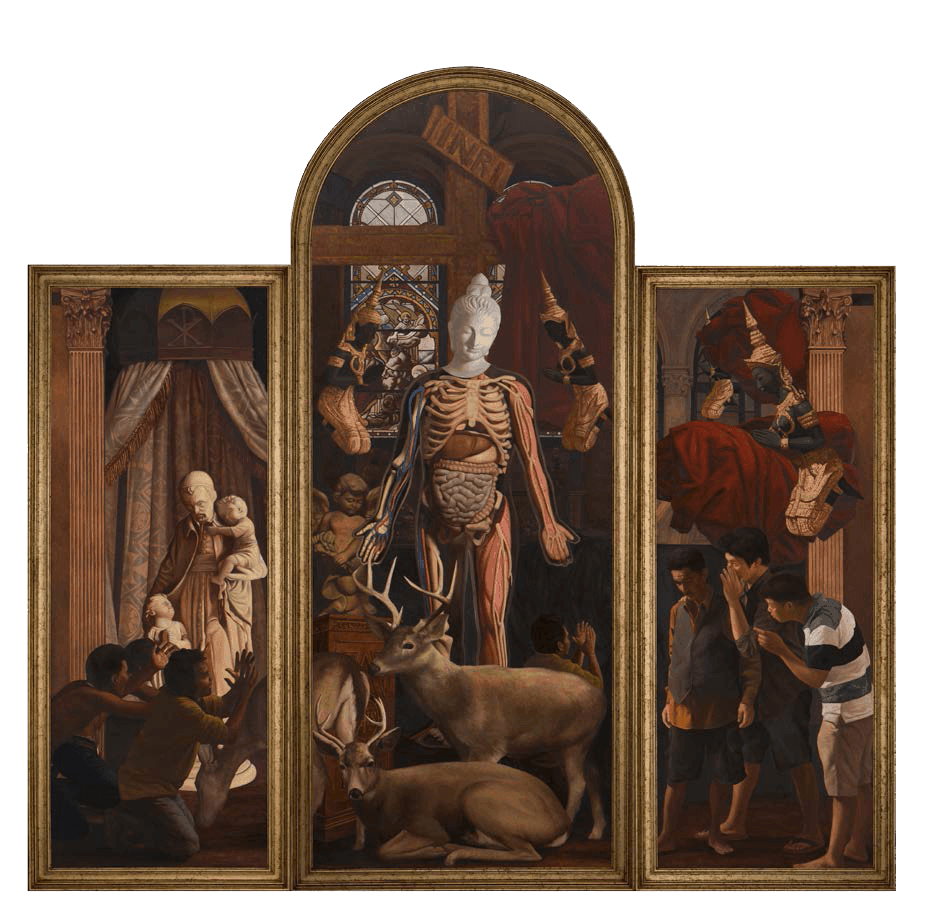
Optimism is Ridiculous: The Altarpieces at Ayala Museum is an exhibition of the Thai painter Natee Utarit’s latest works.The twelve diptychs and triptychs in the show are not only some of the largest ever created by the artist, but also the most elaborate exploration of art historical and religious references in the artist’s oeuvre. The cast of characters span Buddhism, Christianity, and art history, be it Buddha, Mother Mary, Apollo Belvedere, or Duchamp’s bicycle wheel. Yet Natee’s representation of this motley crew veer between piety and questioning doubt. What to make of art that sets up the conditions for religious experience through its format, only to rebuff the expectant beholder?
This is not the first time that the artist has posed questions of reverence. Hisprevious series, Illustration of the Crisis, executed during the height of political tumult in Thailand between 2005 and 2010, feature curious gatherings of anthropomorphic objects and playthings in staged studio settings. Miniaturized equestrian statues and portrait busts of famous Thai historicalfigures mingle with outsized toy soldiers and animal figurines, all suspended inclumsy poses where they lean against, huddle up with, or gaze at each other. The paintings, tightly cropped, conjure insular worlds whose subject matter isthe indeterminate relation between figures of unequal symbolic weight and value. The manner in which the figures are rendered—with the same facture-less, matte skin achieved through uniform consistency of oil paint—further confounds the terms of their similarity and difference. Natee effectively asks what it means to miscalibrate the size and make of things, and in what ways the visual power of icons derive from their proper scaling.
Natee’s champions—Iola Lenzi and Tan Boon Hui, among others—have argued for the immediate political relevance of such images, implying that his artistic production speaks directly to contemporary events in Thailand. But the works themselves seem to refuse transparent moralism and partisanship, at least in openly critical or satirical manner. As critic Sayan Daengklom suggests, Natee’s three-decade long devotion to the practice and history of painting sets forth the terms of his engagement most clearly. Natee has built a careerupon reconfiguring the emotional tenor of familiar icons, having consistently drawn upon figures from dramatic Old Master paintings but stripping them ofanimating volition. The artist’s best works prolong the act of looking, tasking the viewers with making affective sense of beguilingly deadpan scenarios. They eschew cutting criticism and satire for the muddled feelings at the heart of political life.

The altarpieces at Ayala Museum bring this interest in emotional complexity to the question of religion. Natee’s commitment to the diptych and triptych in this series signals an interest in their history as artistic formats that, by virtue of physical symmetry, anchor the beholder at the structural center of a Christian worldview.Natee insists upon the human scale of such encounters by painting figures in life-size, a departure from the dramatic re-scaling characteristic of his earlier works. Yet despite these formal gestures to intimacy and accessibility, the altarpieces adamantly refuse communion. In L’enfer c’est les autres, a triptych depicting a crime scene, the Madonna and Child are ensconced in the rear, seemingly detached from their environs, while an underwear model with angel wings is literally stuck on his way up to heaven, his head cut off by the upper edge of the canvas. Surrounding him, naked women mill about chatting and naked men look indeterminately into the distance, each with complete obliviousness to the others. Not only is the eschatological arrival of the sacred barred, the human drama in this earthly realm, too, remain opaque.
These puzzling ambiguities—deferred desires, unreciprocated gestures, and unaccounted motivations—abound in the altarpieces. The Introspection is a particularly egregious assortment of malevolent dragons, charging clansmen, and introspective skeletons. An instinctive response to such illogic might be to write off these works as an exercise in bad faith, a particularly beautiful but ultimatelyunsatisfying one. Natee’s painterly finesse, however, draws viewers to look on,particularly in modeling characters whose volition is frustratingly illegible. In The Annunciation, which features the figure of the Buddha in the center, Natee revels in the capacity of oil paint to mimic various tactile surfaces under dramatic lighting conditions, from the velvety skin of the Buddha’s angelic supplicants to the wrinkled skin of praying men. This display of painterly bravura on the level ofexterior verisimilitude and theatrical expressiveness shies away from fleshing outany semblance of interior life and self-determination.
The figures in The Annunciation and in Natee’s best works are compelling preciselybecause of their insufficiency—their gesturing towards belief but also theirinability to appear convincing as believers on their own right. Only the viewer, who occupies the place in front of the altarpiece and joins the cast of characters therein, can complete this narrative. To accede to this position is to respond to the most fundamental call of artworks and icons to compel desire, meaning, and reciprocity. These terms may fall short of the extremes of transcendence or iconoclasm so often associated with the modern idea of “religious painting.” But in the meantime, most of us are stuck in the funny middle ground, sometimes trusting in the power of painting and sometimes wary of its allure.


